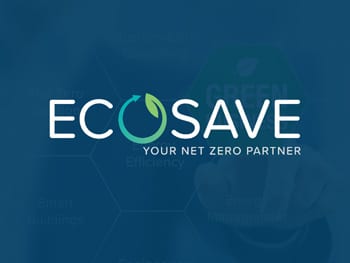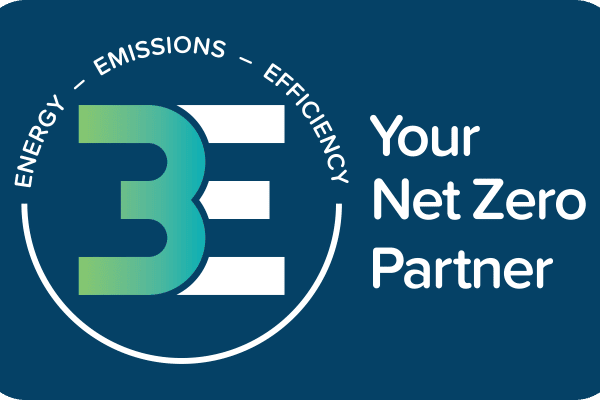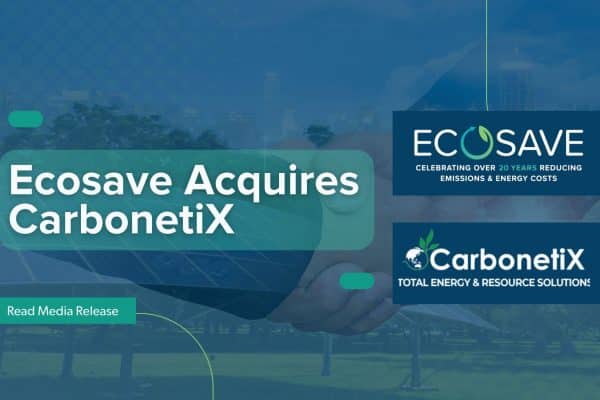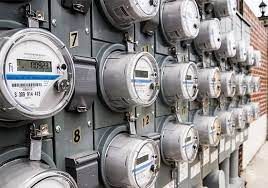Australia’s love affair with Solar
Within the last two years, there’s been a rapid increase in the uptake of Solar and other clean energy power solutions as governments and private industry seek to implement measures to address climate change and achieve net zero emissions targets.
The sudden rise in Solar PV installations in Australia since 2018 dramatically propelled Australia from being considered a relative laggard to a strong contender in Solar PV development by mid 2019. With an installed photovoltaic capacity of 16.3 GW at the end of 2019, Australia has the highest per capita solar capacity at 600 watts per capita, overtaking Germany with 580 watts per capita.¹
Clearly, Australia loves Solar.
Energy Efficiency: ‘best form of generation you could possibly ever hope to have’
While Solar PV and other renewable sources of energy will experience exponential growth over the next decade and beyond, there are additional measures governments and businesses can look to implement that will support their progress towards net zero; and as Australia ramps its generation capacity of clean energy (i.e. Solar), leading experts suggest that we shouldn’t ignore measures to conserve energy.
Australia’s Chief Scientist, Dr Alan Finkel, described measures to save electricity as the “best form of energy generation you could possibly ever hope to have“;
and the Former United States Secretary of Energy, Steven Chu once stated that “…the Stone Age did not end because we ran out of stones; we transitioned to better solutions. The same opportunity lies before us with energy efficiency and clean energy.”
Energy Efficiency represents an opportunity for governments, businesses and high energy users with large property portfolios, to reduce their electricity consumption and some cases eliminate gas usage. The benefits include reduced operational costs and a smaller carbon footprint.
Coupling Energy Efficiency with Solar to drive sustainability gains
Energy efficiency, when coupled with renewable energy sources, can make a substantial difference and potentially fast-track Australia’s progress towards achieving its sustainability targets.
There are practical implications on the design and size of solar systems after taking into account energy efficiency measures (e.g. LED Lighting upgrades, upgrades to heating, ventilation and air conditioning, upgrades to building automation systems and controls, power factor correction, voltage regulation and harmonics and smart energy management etc).
Energy efficiency measures reduces a building’s baseline energy requirements (typically between 20-50%) which could potentially either reduce the size of solar system required, or create excess generation capacity and increase income from surplus electricity being exported back into the grid.
In the absence of energy efficiency measures, the design and size of the solar system would need to be comparatively larger leading to higher costs and lower returns on investment.
Best practice sustainability projects with the highest return on investment typically adopts a holistic approach to reducing a building’s carbon footprint, prioritising robust energy efficiency solutions and then renewable energy generation i.e. designing energy efficiency measures first before designing solar requirements.
Australian governments and businesses would do well to adopt a holistic approach to energy and sustainability – particularly as energy efficiency could be a major jobs machine for the economic recovery.
In other words, becoming ‘lean’ is equally important as ‘going green’ and in most cases, ‘Lean before Green’ leads to better returns on investment and lower carbon emissions.
‘Lean before Green’ akin to weight loss, health and fitness
The ‘Lean before Green’ concept can be likened to weight loss, health and fitness. While this may sound obscure at first, please bear with us and continue reading.
Imagine someone eating mostly fatty foods and getting grossly overweight over time. One day, that person needs to shop for new formal wear to attend a wedding in a few months’ time. Whilst shopping, they see the perfect outfit on display. Trouble is, they can’t find their size in-store or online.
Rather than settling for another option (compromise), or getting a tailor to hand-make that same design to their dimensions (expensive!) they decide that the most cost-effective and beneficial strategy to their long-term health and wellness, is to lose the weight, and go back to the store to buy their new outfit.
To lose the weight, that person can replace fatty foods with low-fat, low-carb healthy foods and start an exercise regime to burn fat and boost metabolism levels. Now if the person exercises but doesn’t change his/her diet (mostly eating junk food), then there’s diminished potential for weight loss and short-term results are not sustainable. Likewise, if they change their diet but not do any exercise at all, there’s diminished potential for weight loss as well.
To keep the weight off long-term (after the event), that person has to take a balanced approach to both diet and exercise – and stick to it. They also need to consistently monitor certain metrics (weight, calorie intake, calories burned etc) to keep track of their results and performance over time – making adjustments and fine-tuning as they go.
- The process of losing weight through low-fat, low-carb meals is akin to reducing excess energy consumption through energy efficiency upgrades.
- Exercising to burn fat and boost metabolism is akin to investing in renewable energy.
- Monitoring and tracking weight loss and fitness is akin to smart energy management.
The outcomes of all these activities are not only will that person lose the weight and be able to fit in their desired dress/suit , but also be healthier and have improved fitness levels – and if all things being equal – live longer as well
Now If someone wants to improve their chances of achieving their health and fitness goals (without succumbing to procrastination and laziness) they hire a personal trainer or coach to guide them and keep them accountable and fast track their results.
If you would like to improve your organisation’s chances of achieving its sustainability goals, you can call on the energy efficiency and sustainability experts at Ecosave – delivering engineering-based holistic solutions with guaranteed energy savings. For a limited time, you can book a complimentary obligation-free 1-hour strategy appointment – click here to book yours today!
Book Your Free Phone Appointment
For more information about how to achieve net zero, click here to register your interest in a Free eBook (coming soon)!
References
“National Survey Report of PV Power Applications in Australia” (PDF). Retrieved 16 October 2020
